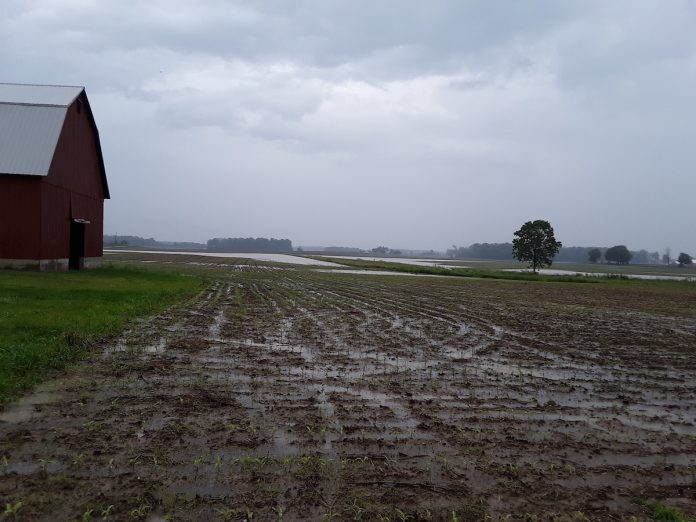As 2019 winds to a close and holiday celebrations bring joy and smiles to faces, it’s a great opportunity to stop and reflect on the challenges and successes 2019 brought our way.
But perhaps more importantly, it’s a chance to look forward to 2020 and start thinking about the resolutions that can make it even better.
Shifting patterns
If you think back to this time last year, you were probably wondering if the rains would ever stop. And then answer was yes — but not until June and July when the spigot shut off in a hurry.
Although this fall’s dry weather has certainly been a welcome change, long-term forecasts suggest a long, wet spring is certainly a possibility for this coming spring as well.
That’s why it’s important not to let 2019’s lessons fall by the wayside. If there’s one thing the last few years have taught us is that the weather patterns are shifting.
More frequent, higher intensity rain events are becoming the norm and not the exception. So, as you look into your crystal ball for 2020, what are some ways you can weather proof your farm for what can be called “extreme farming” conditions?
In fact, we talked about some of those techniques recently at a meeting with Jeff Hatty, from Ohio State University Extension, and Matt Sweeney, from Adapt-N and Yara International. Here are some tips we learned:
Know your nutrients
Now is a great time to consider putting technology to work for you by using crop models. At Ashland Soil and Water Conservation District, we’re going to help producers get their hands on three different crop models for 2020.
Through a grant from the Ohio Farm Bureau and cooperation from Sunrise Cooperative, we’re offering modeling tools like Adapt-N and Winfield United’s Field Forecasting Tool to help farmers more efficiently manage nutrients.
We’ll also be putting On-Field Ohio! to work for producers to look at how different management strategies can reduce their risk for phosphorus runoff.
Go green
Christmas trees aren’t the only greenery this time of year. Cover crops are growing in popularity as more and more farmers see the value they provide to their soil health and ultimately their bottom line.
Not only do cover crops reduce erosion from winter snowmelt and spring rains, but they also improve soil structure and organic matter, which helps your cropland hold and store more water as rain intensity increases.
Know your tillage
No-till is nothing new. But in our constant need to reinvent the wheel, we seem to be forgetting what no-till has taught us over the years. Reduced erosion, stronger soil structure and increased organic matter and microbial activity are just a few of the benefits it provides.
Let’s not forget, it takes 500 years to build an inch of topsoil, so clearly an ounce of erosion prevention is worth a pound of cure.
Interested in learning more about how you can prepare your farm for the extreme weather conditions that may be lurking around the corner in 2020?
Be sure to contact your local soil and water conservation district. Stop by, chat with the technicians and schedule a farm visit for them to come take a look at your operation and brainstorm some new ideas to focus on in 2020.













